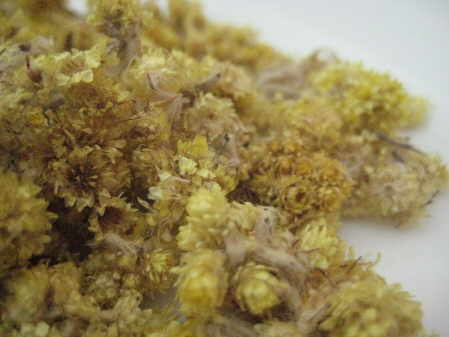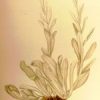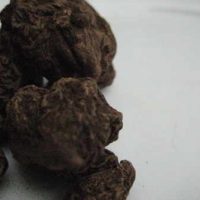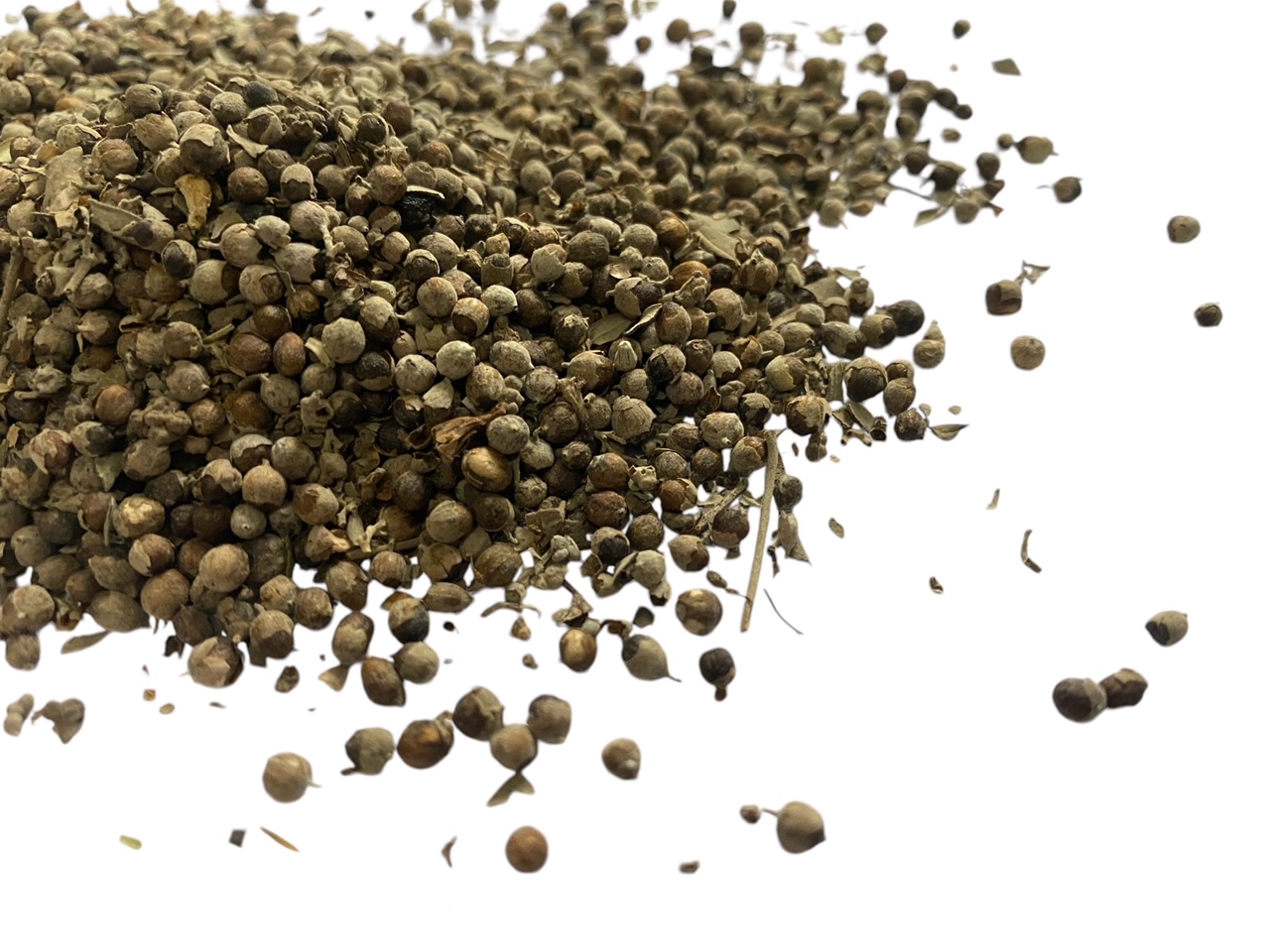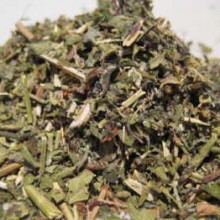Everlasting Flower grows all over Europe as well as in the mountainous regions of Uzbekistan and on the Dalmatian coast of Croatia where it is incredibly popular.
History and Traditional Uses of Everlasting Flower:-
The fresh or dried flowers of Everlasting Flower (sometimes known as Dwarf Everlast or Immortelle) or the entire flowering herb itself, has choleretic and diuretic properties and is used for peptic discomfort, as well as to relieve water retention, and has good anti-inflammatory, antiviral and anti-allergic properties – useful in chest complaints.
An infusion is used in the treatment of gall bladder disorders, as a diuretic and in treating rheumatism, cystitis and lumbago. The herb contains flavonoids, bitter tasting naringenin, narigenin-5-O-diglucoside, helichrysin A and B and glycosides of apigenin, luteolin, kaempferol and quercetin plus an unidentified antibacterial compound (named arenarin).
It is a component in Zahraa, which is a tea or infusion, if you will, used for medicinal purposes in Syria..
It is also used also as a component of herbal fruit teas in the West but prncipally because it adds colour and interest..
The dried plant is often used for decorative purposes along with, or instead of, its relative, the Helichrysum bracteatum.
An essential oil from the plant is known as Immortelle and the therapeutic properties include skincare for its anti-allergenic, anti-inflammatory, and astringent properties. It promotes new cell growth and also has good antioxidant qualities.
The oil has a strong straw-like, fruity smell. The colour can range from pale yellow to red. The viscosity is watery and its main constituents are neryl acetate, nerol, geraniol, pinene, and linalool.

